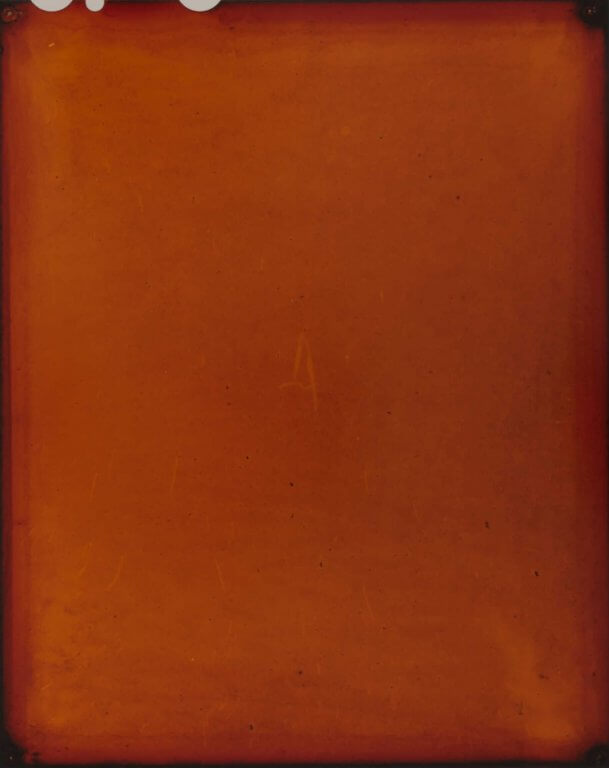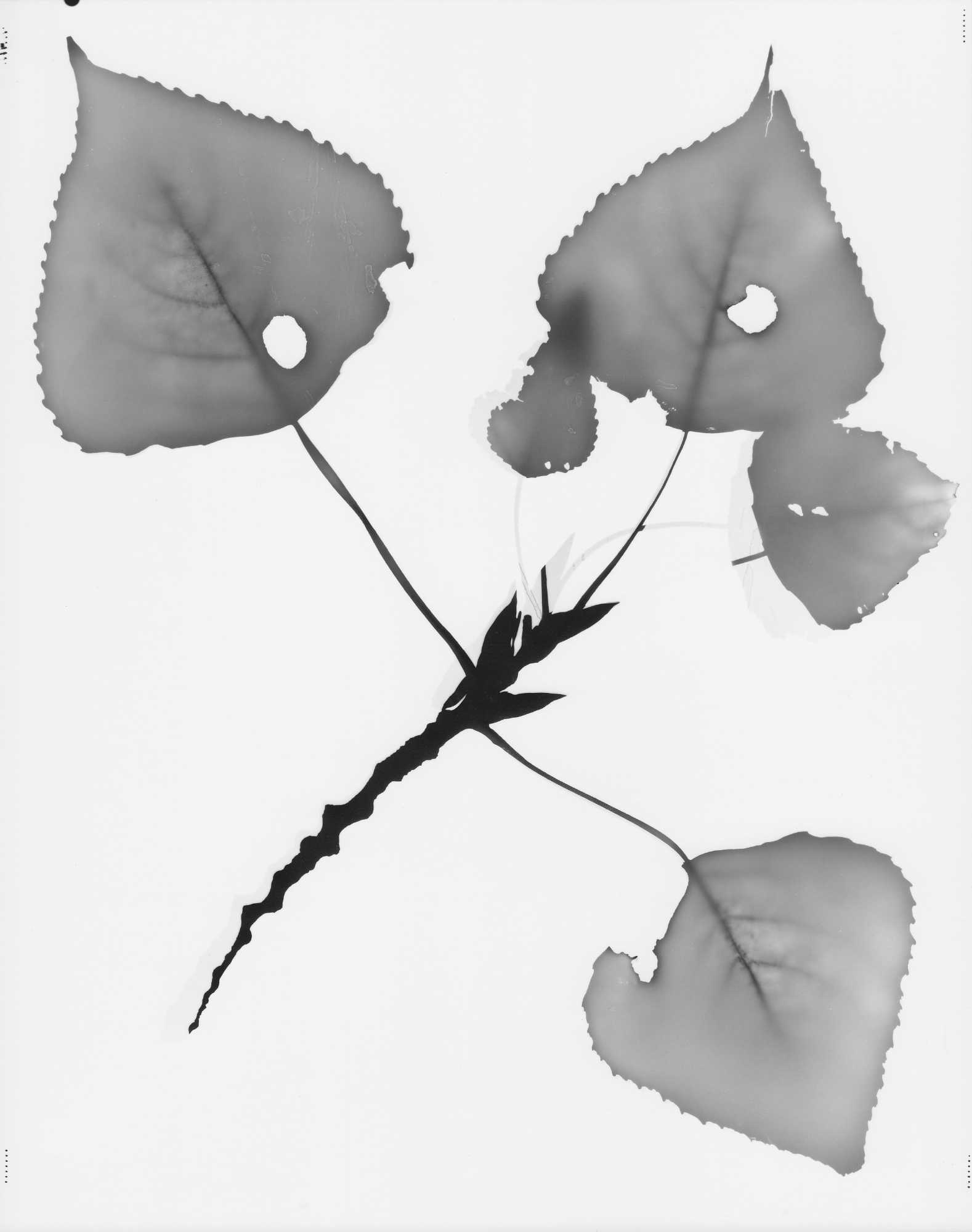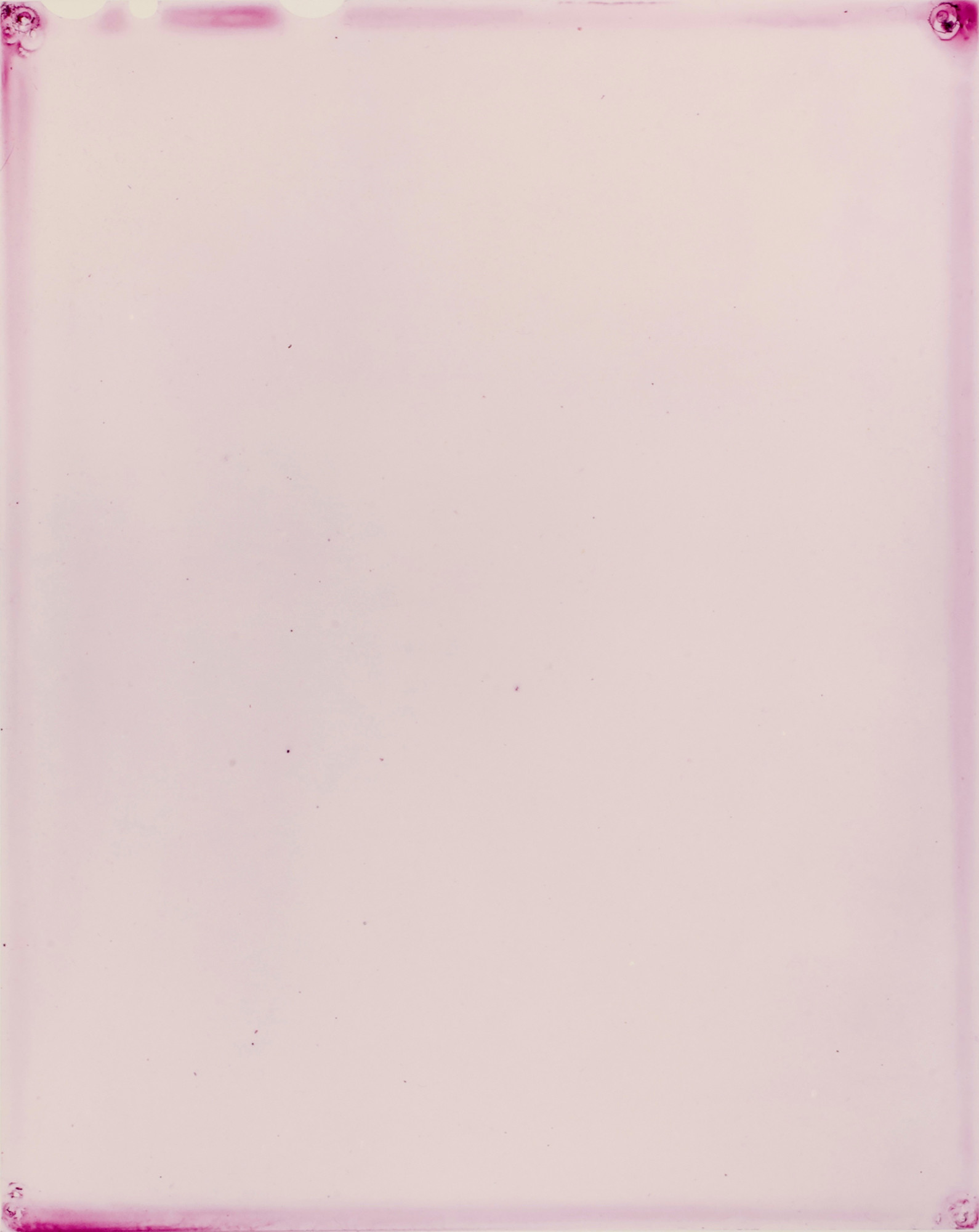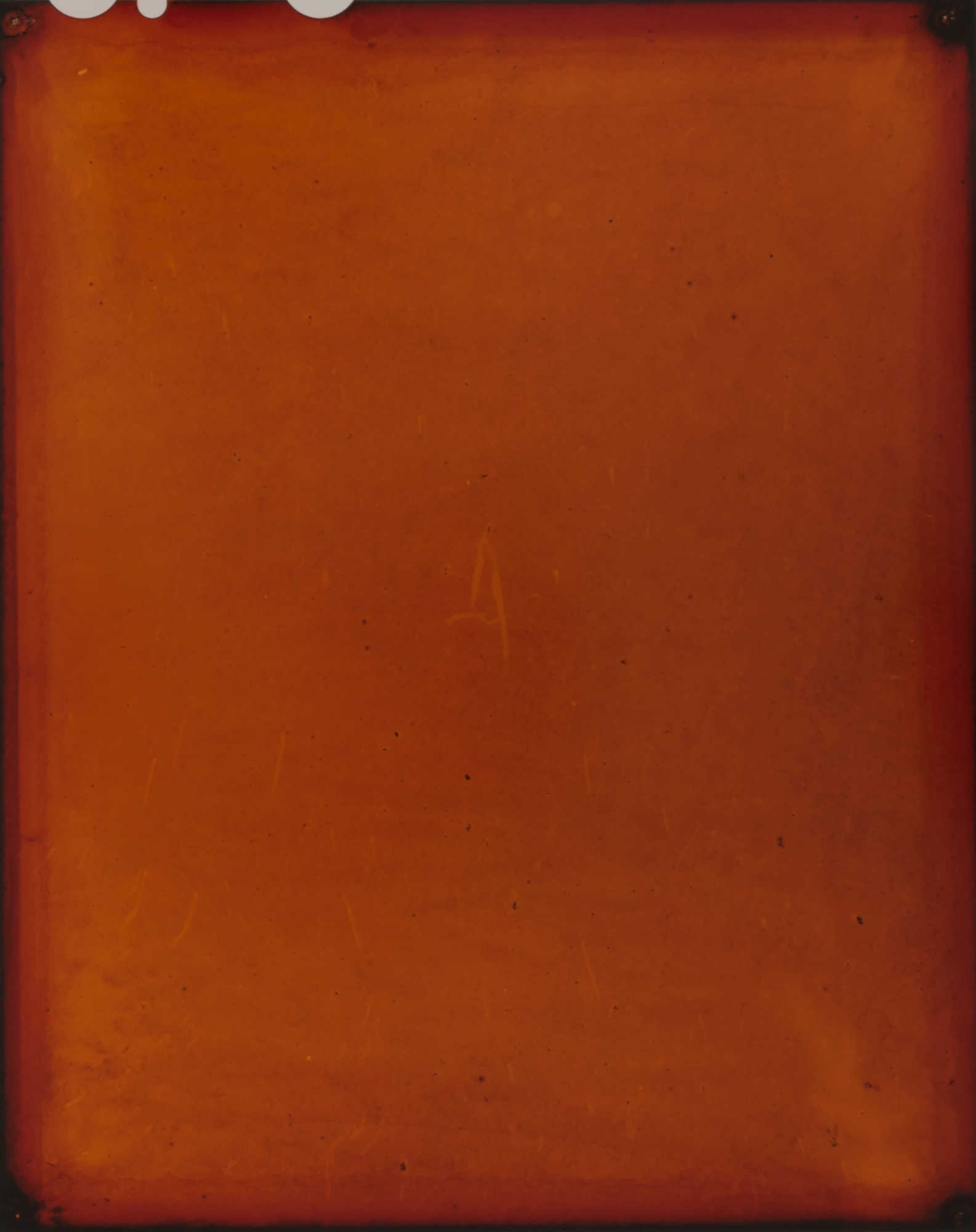However tall this tree becomes, it is easy to get hold of a knobbly branch from the top of the Canadian poplar – especially in autumn weather. The Canadian poplar is a fast-growing tree with brittle branches, and is often the first to be planted in newly-built neighbourhoods. The trees are subsequently often soon removed, partly because the branches break off rather easily and fly through the air, not without risk to residents. Next year’s spring buds appear early, and they are as thick as a finger by October. In spring the sticky buds burst open and fill the air with white fluff; for a while it feels like Amsterdam is in Federico Fellini’s film Amarcord. Extracting the buds’ pigment releases a remarkable amber scent that completely permeates our workspace. – Arja Hop & Peter Svenson
Special edition
Arja Hop & Peter Svenson
Canadian poplar, Populus canadensis, Spijtellaantje, Amsterdam-Zuid, Bud, 5074, 2017
C-print (mounted on aluminium)
25,4 x 20,2 cm
Edition of 20
Signed & numbered
Price:
1 = € 150
2 = € 300
3 = € 400
4 = € 530
5 = € 650
Exclusively available from Huis Marseille’s museum shop.
To view all special editions please click on the images below:
‘Botanical alchemy’: from plant pigments to photographic colour fields
Since 2015 the visual artist and photographer Arja Hop (Hierden, 1968) and the photographer and master printer Peter Svenson (Palmerston North, New Zealand, 1956) have worked on their art project Residue Amsterdam. In Amsterdam, on the Amstel river, a city with a characteristically urban ecology in which people and nature live in close proximity and must constantly adapt to one another, they have devoted themselves in recent years to fieldwork. Within a specific geographic area they take samples of the plants growing there and then extract the plants’ pigments, using traditional methods. Hop and Svenson have developed their own method of turning these plant residues directly into analogue photographic prints. Every residue results in a uniquely layered colour tone. Each photograph tells the biochromatic story of a specific plant and location, and it seems that the intensity of the plant colour is strongly influenced by the plant’s living conditions.
‘Spontaneously occurring plants’ in Amsterdam
For their series Residue Amsterdam Hop and Svenson have concentrated on the wild plants that appear at certain locations and spread through the city without (intentional) human intervention. Their project invites us to reflect on the spontaneous presence of plants that are all around, but which we seldom notice. They used an analogue camera to register these ‘weeds’ in black and white, often from a low viewpoint. In their photos the plant is given centre stage; the city folds itself around them.
Finding place of Canadian Poplar
Spijtellaantje, Amsterdam-Zuid
Arja Hop & Peter Svenson / Florachromes: a story of four rivers will be on display from 07.12.2019 to 08.03.2020 at Huis Marseille, Museum for Photography.
The series Residue Amsterdam is supported by the AFK (Amsterdam Fund for the Arts) and the Mondriaan Fund.






